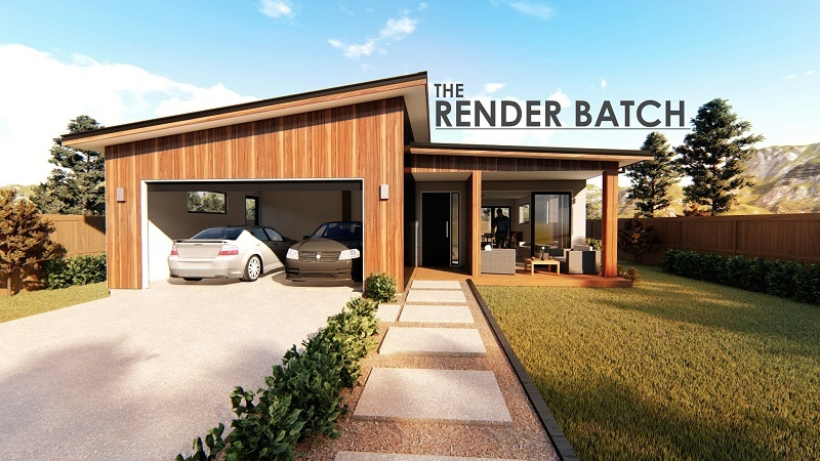In the fast-paced world of 3D design, animation, and visual effects, time is a critical resource. When deadlines are tight and creative demands are high, batch rendering can significantly improve your productivity—especially when paired with the power of cloud rendering. In this post, we’ll explore what batch rendering is, how it works, and how cloud solutions can help automate your workflow for maximum efficiency.

What Is Batch Rendering?
Batch rendering refers to the process of queuing multiple scenes, frames, or camera angles for rendering in a single, automated run. This allows artists and studios to submit several jobs at once, without the need to manually start each render.
This method is widely used in professional pipelines because it saves time, reduces errors, and simplifies the rendering process across large projects.
Key Benefits of Batch Rendering
- Time-Saving: Submit all your render jobs at once and let them process in sequence or in parallel.
- Automation-Friendly: Ideal for automated workflows using scripts or custom tools.
- Error Reduction: Minimizes the chance of missing settings or forgetting to render a scene.
- Resource-Efficient: Frees up your local machine while the rendering happens in the background.
How Cloud Rendering Enhances Batch Rendering
While batch rendering is useful on local machines, it’s often limited by hardware capacity. Cloud rendering eliminates these limitations by providing on-demand access to high-performance computing power, allowing for large-scale rendering without draining your local resources.
Here’s how cloud rendering supports batch workflows:
- Scalability: Render multiple tasks simultaneously across powerful cloud nodes.
- Remote Access: Manage rendering jobs from anywhere using a web-based interface.
- Automation Integration: Many cloud render farms support batch submission through APIs or built-in automation tools.
- Cost-Effectiveness: Pay only for the computing time and resources you use.
Best Practices for Automating Batch Rendering on the Cloud
To fully leverage batch rendering in the cloud, consider the following best practices:
- Organize Your Project Files: Keep all assets well-structured to avoid missing elements during upload.
- Use Render Layers and Passes: Separate elements logically to control output and optimize render times.
- Script Your Workflow: Automate submission using scripts (e.g., Python or MEL for Maya) for consistent results.
- Implement Clear Naming Conventions: Ensure outputs are easy to track and manage.
- Utilize Cloud Farm Features: Take advantage of dashboards and tools provided by your render farm to queue and monitor jobs.
>>> Read more: Exploring the VFX Production Process at 3S Cloud Render Farm
Why Choose 3S Cloud Render Farm?
At 3S Cloud Render Farm, we simplify batch rendering and cloud automation for artists, freelancers, and studios alike. Our platform supports a wide variety of 3D software and render engines, including Blender, Maya, 3ds Max, Cinema 4D, and more.
We offer:
- Streamlined batch submission tools
- A clean, user-friendly interface
- Fast, scalable infrastructure
- Competitive pricing
- Dedicated customer support
Whether you’re rendering a product visualization, a short film, or a full-length animation, 3S Cloud Render Farm helps you render faster, smarter, and more efficiently.
Ready to automate your workflow?
Start rendering smarter today with 3S Cloud Render Farm – the professional choice for high-performance cloud rendering.
